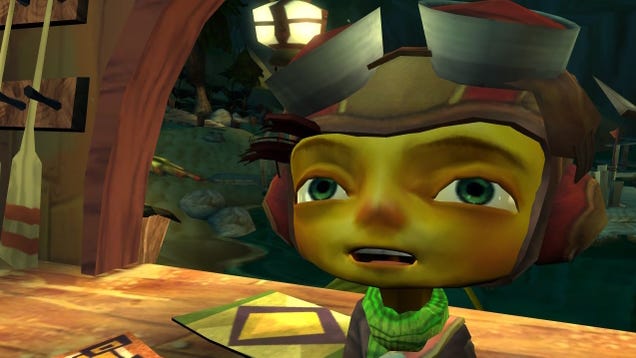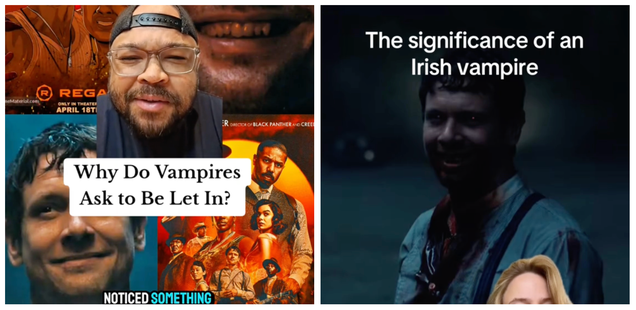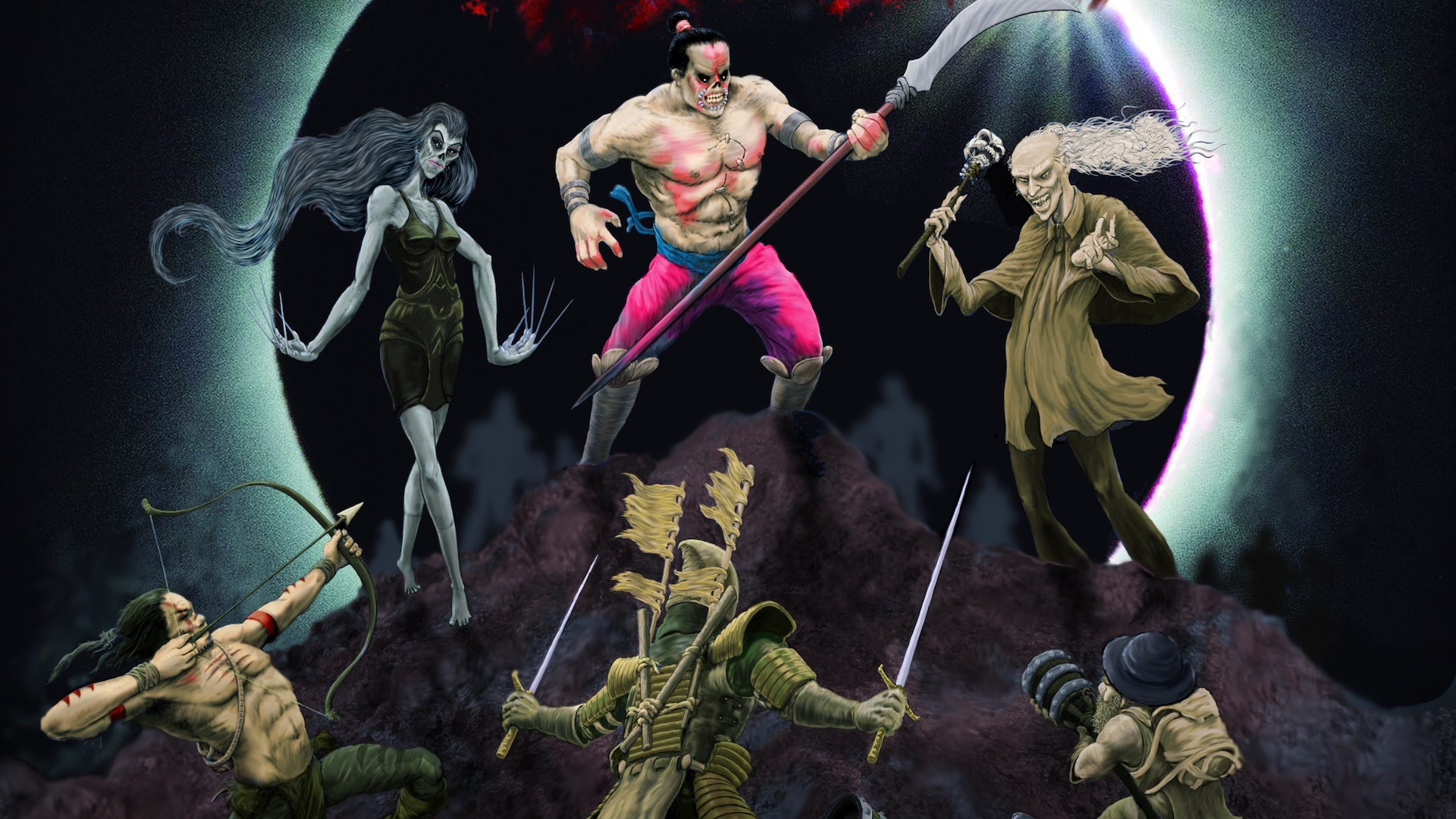
If you want to be good at anything in life, we all know it is all about practice. Practice often, practice effectively, and you’ll become good at whatever you wanted to be good at to begin with. Naturally video games are no different.
Image via Valorant Youtube Map: Breeze
Valorant has seven maps total (if you ignore the current rumours about new maps), which may not sound like a lot. And, arguably it isn’t when Valorant is compared to Overwatch 2 (OW2), which has at current a total of thirty six maps.
The gap is huge, but what makes Valorant better for having less maps?
What are the seven maps?
For those unfamiliar with the Valorant map set up, the game typically operates on a system of very few maps. Maps come into the game, while others are dis-abled, both from normal play and competitive play. With seven maps being the current most active maps in game. These maps are as follows:
FractureBreezeIceboxBindHavenSplitAscent
Image via ValorIntel
Previous maps in the game currently disabled from play:
Pearl
There is also the practice shooting range for aim training and practicing specific scenarios e.g. protecting the spike once it’s been planted or defusing a planted spike. So why so few maps when Overwatch has so many?
Why seven maps?
While no official reason for the precise number seven has ever been released by Riot, we can assume seven maps is the golden number to maintain a balance in the game. For all the various types of players. With seven maps, players have plenty of opportunity to explore without being overwhelmed. Can practice and improve without having to learn a hundred and one different maps.
Image via PlayValorant Youtube Map Reveal: Pearl
Take other games, like Overwatch, thirty six maps is overwhelming for even the most confident of players, yes it offers diversity but the ability to master any series of maps will take that much longer. Never mind to master the entire thirty six maps in game (and that is without more maps being added).
Also, dipping in and out of Valorant is arguably a lot more do-able because of the reduced number of maps. Less maps but more agents makes practice more enjoyable, or at least in my opinion, because you can get confident on a map and test out new plays, new angles, and new agents all in one. For comparison Overwatch 2 has thirty six heroes to play in conjunction with the thirty six maps.
Who does minimal maps benefit?
Having minimal maps, to many may sound counter intuitive. It means less diverse maps, less ‘fun’ from learning new maps, less opportunity to learn new maps, so on and so forth. But in my opinion, I think minimal maps can actually be very beneficial.
You are able to master maps properly, and thoroughly. You are able to find new angles to play from, and with changes made to maps by Riot on community feedback, there is always the opportunity to learn more and get better. And of course, practise makes perfect.
Image via PlayValorant Website
It is also better for beginners. Seven maps is a lot less intimidating, and we need to remember that video games need to attract new players, new agents makes a lot more sense than new maps every few months. Beginners have less to worry about, they can still test multiple maps, but are not faced with pages of lore on each map.
Less maps also benefits pro players and players at the top of Radiant (the highest rank available in the game). This is because players become so experienced with the game, that their mastery of each map will inevitably be strong. Could this make the game potentially boring for those playing it day in day out? Possibly.
Minimal maps are good?
But minimal maps isn’t inherently a bad thing, and there could still be minimal maps e.g. ten without going overboard. That would fix the potential problem of repetition and boredom from only playing the same set of maps in circulation – but more on this later.
As for those somewhere in the middle, neither beginner nor pro, less maps still allows for mastery to be formed. And enough change up that matches might have similar kinds of people, but you still have the possibility to choose new flanks and test out new plays and theories.
But also let’s remember, new maps can always be added.
Valorant is a game that updates regularly, so while we are currently at seven maps, that doesn’t mean we will always be at seven. There are current rumours of new maps joining, and even if there aren’t a ton of rumours about what those maps could be; there is always the possibility.
Is seven really the golden number?
So is seven really the best case scenario for number of maps in game? In my opinion, yes and no. Personally, I think three extra maps in continual circulation would be of benefit to the game – increasing the number of maps to ten. Thus keeping the level of maps minimal and not too many, but adding a tiny level of more diversity.
Maybe this is a bit presumptuous and overeager of me, but I think ten maps would just be enough – not that seven is inherently bad, just a tiny bit more wouldn’t necessarily harm. Map wise, I’d like to see something perhaps even more dystopic, as Riot’s art style for the Valorant maps have a cool aesthetic with the dystopian theme that currently runs through many of the maps and sites.
Tweet via ValorIntel about currently dis-abled map Split
On the reverse, perhaps something similar to breeze, with the brighter colours or more techno design like in Split could be an interesting way to bring a new map in that is less muted of a colour palette than Fracture and Haven.
Does this make Valorant better than OW 2?
If less maps is better, does this mean Valorant is better than Overwatch (the original and Overwatch 2)? Fundamentally, that’s a matter of opinion, and personal preference is the biggest factor in that particular discussion.
Therefore I’m not going to tell you which one is better outright, that’s up to you to decide. I have friends who adore Valorant and hate Overwatch and vice versa.
Image via PlayOverwatch Website – Map: Push
But in terms of game play and mastery? Valorant does appear to be far superior for the simple set of reasons that less maps is more manageable for those at the various levels of play. But again, it depends what you’re after and what you want from the game you play – and that is something only you can decide.
How Valorant mastered representation better than LoL and Overwatch
Riot Games has made visible efforts to be culturally respectful, avoid stereotypes and cast voice actors from nationalities being represented.
Follow esports.gg for all the latest news and updates from Valorant







